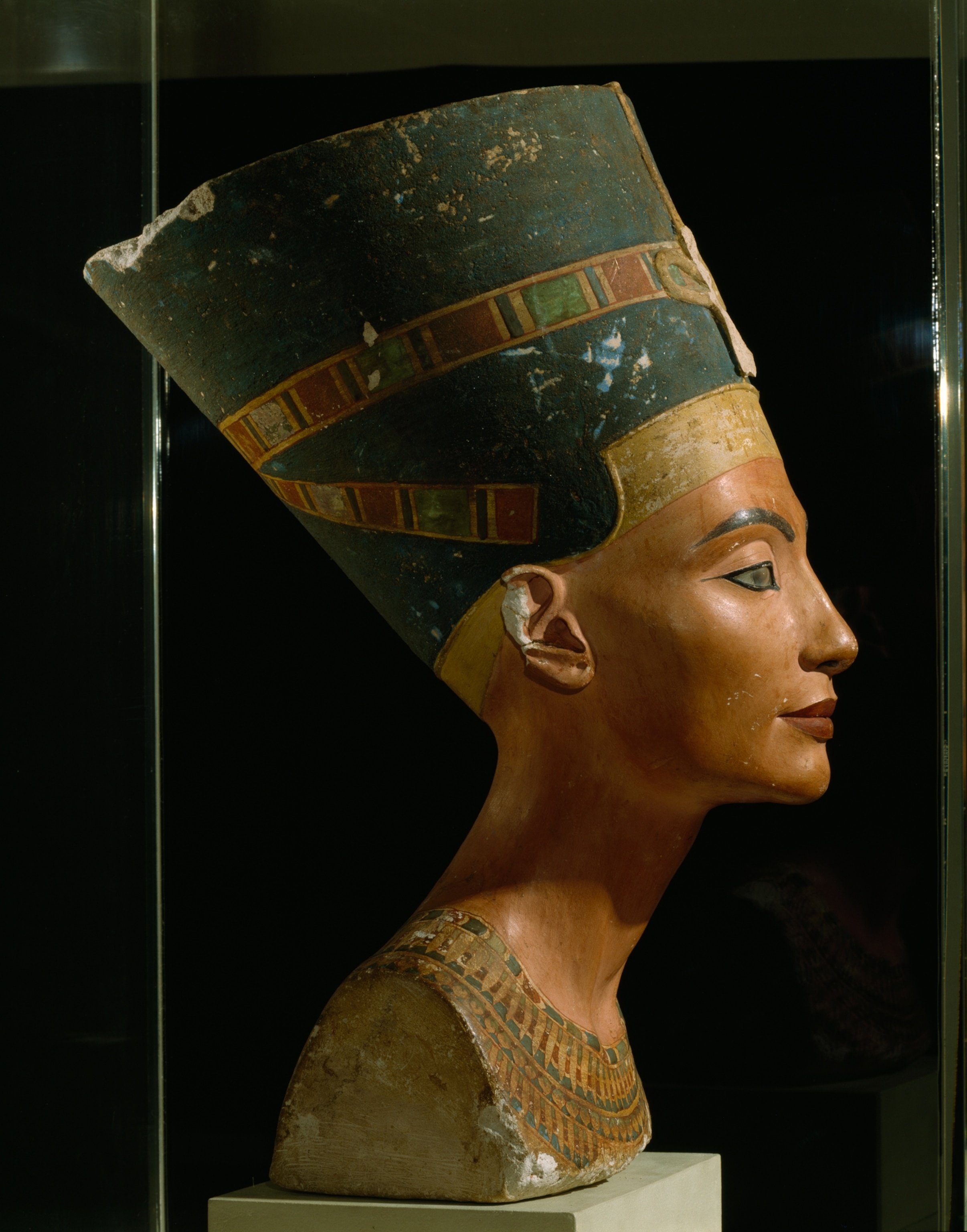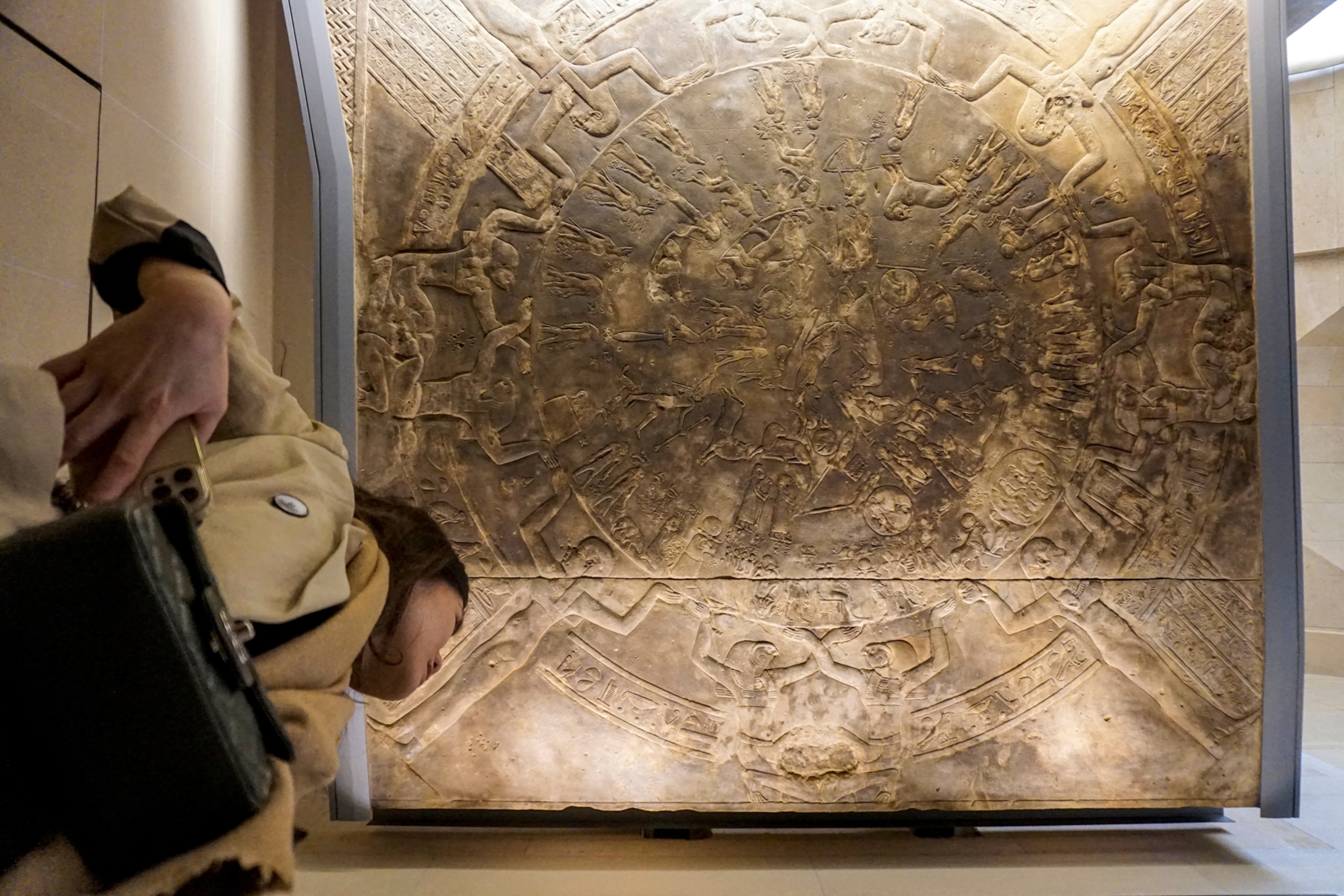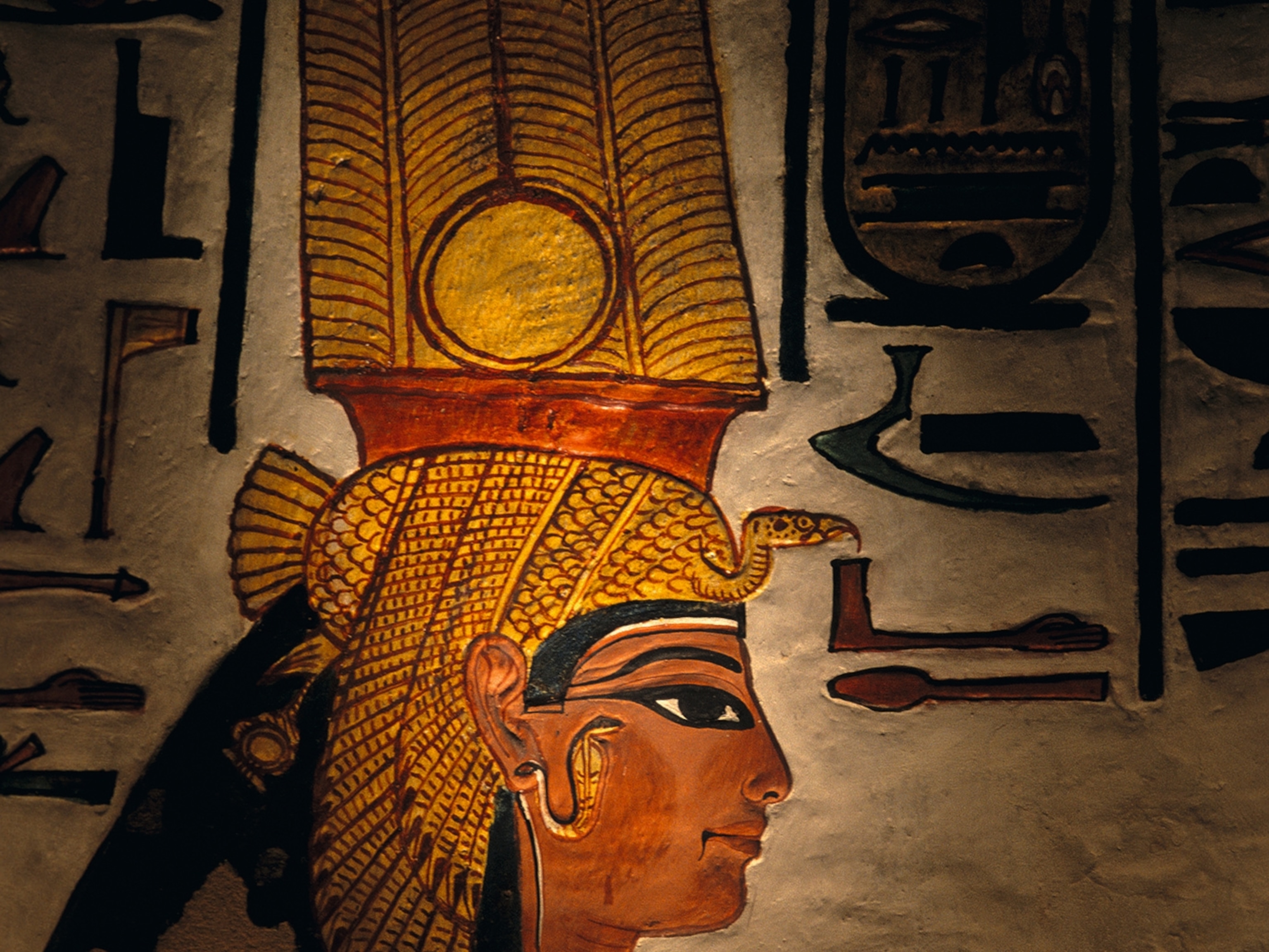No single event in the history of archaeology captured the global imagination quite like the 1922 discovery of the tomb of King Tutankhamun in Egypt’s Valley of the Kings. Driven by the relentless dedication of British archaeologist Howard Carter and financed by the patience of Lord Carnarvon, the find instantly transformed the Boy King from an obscure historical footnote into the world’s most recognizable pharaoh. Crucially, the tomb (KV62) was the only royal burial in the valley found virtually intact, offering a stunning, complete time capsule of funerary practices and material culture from the New Kingdom period. The meticulous, multi-year excavation yielded over 5,000 priceless artifacts, from the famous solid gold mask to humble daily objects, creating an unprecedented media frenzy that launched archaeology into the public consciousness and forever cemented Tutankhamun’s place as a cultural icon.
The Decades-Long Hunt in the Royal Necropolis
The Valley of the Kings, the royal necropolis on the west bank of the Nile near Thebes, had long been presumed exhausted by earlier generations of archaeologists and tomb robbers. For years, the American excavator Theodore M. Davis had searched the valley, finding scattered artifacts and incomplete tombs, eventually declaring that “the Valley is now exhausted.” This widespread belief served only to intensify the singular dedication of Howard Carter, who had been working in Egypt since the late 19th century and remained convinced that the tomb of the little-known Tutankhamun still lay hidden beneath the vast field of debris.

Carter began his systematic, financed search under the patronage of the wealthy British aristocrat, Lord Carnarvon, in 1907. After years of frustrating failures and mounting costs, Carnarvon grew impatient, nearly withdrawing funding in 1922. Carter, however, pleaded for one final season of digging, a request Carnarvon reluctantly granted. That critical decision led Carter’s team to focus their attention on a small area beneath the remains of ancient workmen’s huts near the tomb of Ramses VI, a spot that had been overlooked because it was covered by centuries of debris and activity.
On November 4, 1922, a young water boy working for Carter’s team stumbled upon a single, carved stone step. After three days of frantic clearing, Carter’s men revealed a flight of stairs leading down to a sealed, plastered doorway bearing the royal cartouches of Tutankhamun. The telegram Carter famously sent to Carnarvon read: “At last have made a wonderful discovery in Valley; a magnificent tomb with seals intact.” This simple message set the stage for one of the greatest archaeological dramas in history.
“Yes, Wonderful Things!”: Breaching the Golden Threshold
Lord Carnarvon, along with his daughter Lady Evelyn Herbert, rushed from England to Luxor, arriving three weeks later. On the morning of November 26, 1922, in the presence of his patron, Carter made the small, legendary breach in the second sealed doorway, drilling a tiny hole and inserting a candle to peer into the void. The tension of the moment, after thousands of years and fifteen years of searching, was electric.

When Carnarvon impatiently asked, “Can you see anything?” Carter replied with the immortal line: “Yes, wonderful things!” The light of the candle revealed a dazzling trove of golden objects emerging from the shadows: gilded couches, effigies of animals, magnificent chariots, and immense, disassembled shrines. The scale of the treasure and the realization that the tomb was largely undisturbed was overwhelming; they had stumbled upon an entirely intact historical snapshot of a pharaoh’s burial in the New Kingdom.
The sheer volume of artifacts—the four main chambers were packed with over 5,000 objects—meant that the excavation would become a logistical marvel that spanned a decade. The initial discovery was followed by months of painstaking documentation and preservation before the final, most sacred chamber—the burial chamber—could be officially breached on February 17, 1923. This was the moment the world had been waiting for, and the subsequent discovery of the golden sarcophagi and the innermost royal coffin confirmed the find as utterly unique.
The Enigma of the Boy King and His Legacy
The significance of the discovery was amplified by the obscurity of the pharaoh himself. Tutankhamun, who died suddenly at the approximate age of 19, was a relatively minor ruler who reigned for less than a decade (c. 1332–1323 BCE). He is chiefly remembered for reversing the religious revolution of his father-in-law, Akhenaton (Amenophis IV), who had tried to impose a monotheistic cult dedicated to the sun disk, Aten. Tutankhamun restored the old polytheistic order and the powerful priesthood of the god Amun, returning the capital to Thebes.

Because of this short, transitional reign, Tutankhamun’s tomb was smaller and less grand than those of the great pharaohs like Seti I or Ramses II. Paradoxically, this smaller size, coupled with the tomb’s location and the debris from later constructions, allowed it to be buried and missed by the waves of professional grave robbers that systematically emptied the larger, more obvious royal tombs in antiquity. Had his tomb been more monumental, it almost certainly would have been stripped clean centuries ago.
The treasures recovered provided an unprecedented, unified window into a crucial period of Egyptian history. The objects told a complete story, from the mundane items of daily life (linens, wine jars, board games) to the spectacular, sacred paraphernalia required for the pharaoh’s journey to the afterlife, all of which had been preserved for over 3,000 years. This completeness allowed scholars to reconstruct the entire funerary process with a level of detail previously impossible.
The Golden Age of Media and the Tut-Mania Sensation
The opening of Tutankhamun’s tomb immediately became the first truly global media event in archaeology. Lord Carnarvon, anticipating the immense public interest, signed an exclusive contract with The Times of London, granting the newspaper sole rights to the story. This move created enormous controversy and hostility among competing news agencies and foreign governments, but it ensured the news was professionally controlled and distributed to the world.

The resulting publicity, dubbed “Tut-Mania,” gripped the world. People devoured every new detail, from the unwrapping of the coffins to the catalogue of objects. The face of the Boy King, particularly the solid gold funerary mask—a masterpiece of ancient Egyptian artistry weighing 24 pounds—became an instant, enduring global icon. The sheer spectacle inspired a massive Egyptian revival movement that influenced 1920s fashion, jewelry, and cinema.
A darker side to the frenzy emerged with the legend of the “Curse of the Pharaohs,” fueled by sensationalist reports after Lord Carnarvon’s death in April 1923 from an infection following a mosquito bite. The media sensationalized this and subsequent deaths among those loosely associated with the expedition, capitalizing on the public’s fascination with ancient mystery and adding a layer of dramatic, ominous intrigue to the discovery that persists to this day.
The Legacy: From Luxor to the Grand Egyptian Museum
The systematic excavation led by Howard Carter was a triumph of patience and meticulous methodology, but it was also a decade-long saga that involved carefully recording, conserving, and transferring the thousands of artifacts. It took until 1932 to officially clear the tomb. Carter’s groundbreaking approach to documentation—photographing every object in situ before removal—set new standards for modern archaeological practice.

For decades, the bulk of the Tutankhamun collection was housed in the old, crowded Egyptian Museum in Tahrir Square, Cairo, often displayed in fragmented or incomplete groups. However, the legacy of this discovery has recently entered a new era with the establishment of the Grand Egyptian Museum (GEM) near the Giza Pyramids. This colossal, state-of-the-art facility was purpose-built to house the entire unified collection of Tutankhamun’s treasures for the first time.
The transfer and reunification of the 5,000-plus objects symbolize Egypt’s cultural sovereignty and its capacity to act as the primary custodian of its own heritage. The intact tomb’s contents now serve as the spectacular centerpiece of the world’s largest museum dedicated to a single civilization. King Tut’s tomb remains the most famous single discovery in archaeology, a global touchstone that continues to inspire awe and curiosity about the splendours and mysteries of the ancient Egyptian world.




